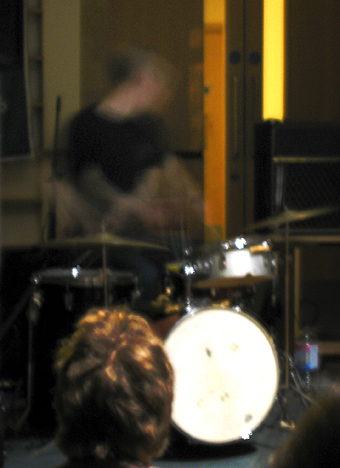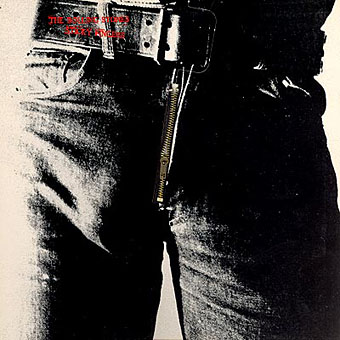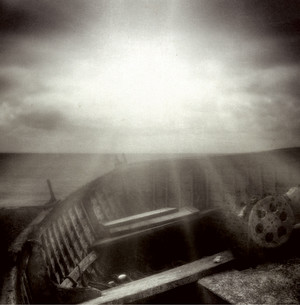
I’ve seen a lot of drummers performing with various bands over the years but Chris Corsano has to be the most extraordinary and most talented, putting the often third class art of percussion centre stage and giving it status as an artform in its own right.
Corsano is a young American currently resident in Manchester. I’ve had the opportunity to see him play live twice so far, first time in a thoroughly mundane upstairs room in a backstreet pub in a duet performance with a soprano sax player (whose name eludes me just now…sorry). This evening he was playing with Mick Flower from the Vibracathedral Orchestra (both have played as extra members of Sunburned Hand of the Man).
Corsano’s playing takes improvised drum work beyond the usual jazz-stylings of similar improv performers with displays of incredible virtuosity that can still keep a recognisable beat when required. But there’s more than just great stick work at play, he comes armed with a host of different drumsticks, brushes, kitchen knives and other implements, and also uses pot lids, Tibetan bowls and other metallic miscellanea to extend the range of sounds an ordinary drumkit can produce. A Corsano performance is exactly that, a performance, where seeing the way he creates the sounds (pushing elbow into a tom, throwing things onto the snare, juggling pot lids and sticks) is as compelling as hearing the sounds themselves. Mick Flower’s drones this evening, created on some unidentifiable tabletop instrument running through a variety of effects, were a great complement to the drum pyrotechnics. A marvellous act on an essential bill (with Jack Rose and Denis Jones) in a packed venue. More please.



